The Psychology Behind the Development of Humour in Children
What Do The Experts Say.......




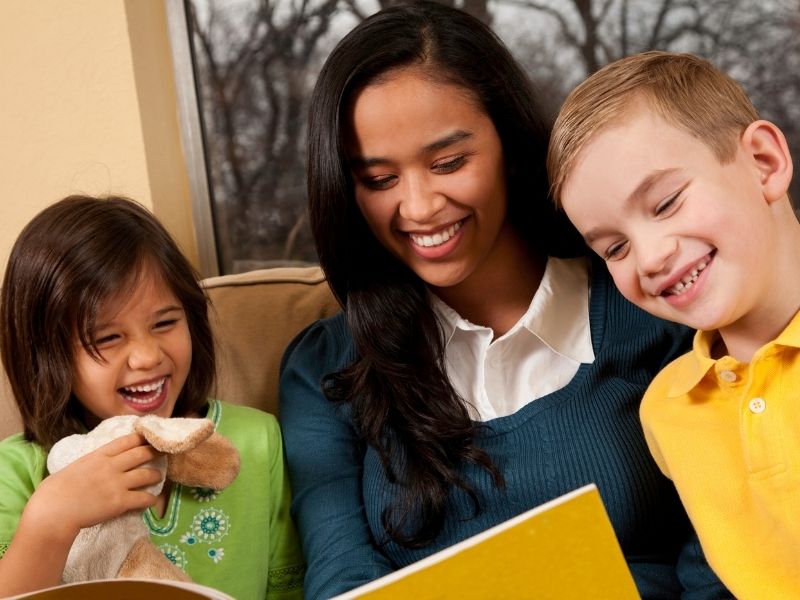
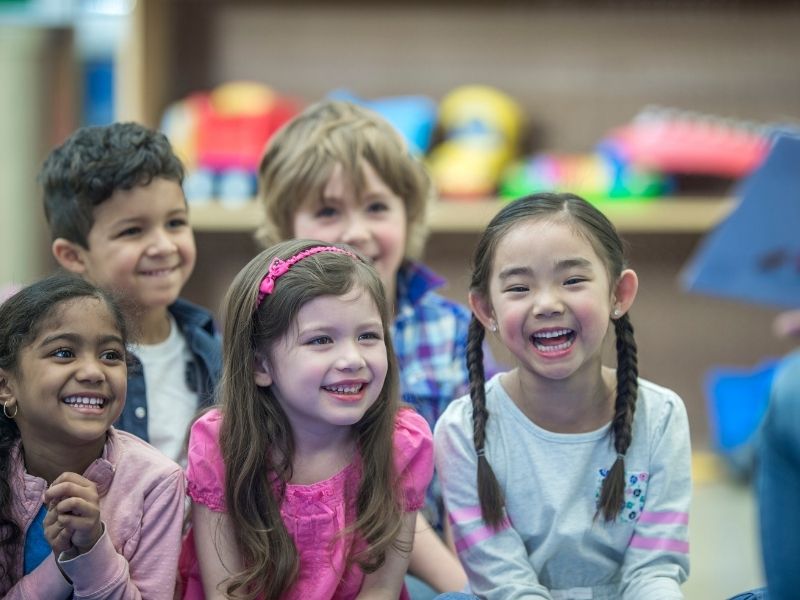
Believe it or not, there has been a lot of research that has gone into the psychology behind the development of humour in children. The academic papers don’t exactly make for a bit of light reading after a long day (dissertations don’t exactly scream fun), but even with a cursory glance over the key findings tends to draw similar parallels to key concepts.

The European Journal of Research and Reflection in Education Sciences conducted a study called, ‘Why Humorous Picture Books For Young Children?” It was written by two Associate Professors of Early Childhood Education and a Graduate student. You can read their findings here.
The researchers used 5 picture books to explores a child’s reaction to a humorous picture book compared to an adult’s perception. This was done in order to explore conceptual understanding and the role of humour in picture books.
In their research through text analysis they found that “the elements of humour, including arrangement of repeated sentences, someone’s embarrassing situation in the plot, imagination and exaggeration against common facts, and the images close to real life experiences that guide the children towards education, make children feel fun and interesting.”
Furthermore, Cameron and Kennedy (2008) proposed that “humor offers the functions of social emotions and cognitive language” development and that “humor and creativity has a high correlation.
They state that “when people with high creativity are in the serious or difficult situations, they can show more humors” and is an important elements on a child’s “aesthetic psychology.”
Those with a more developed sense of humour are “consequently more agreeable to others” and have better “interpersonal communication skills” and “enhanced relationships.” They go to say humour is “good medicine for health” and “it can organise language, intelligence” and regulate “emotions.”
The study is quite extensive and assesses various theories of renowned psychologists in the field, including Sigmond Freud (1960). In his ‘Psychological Analysis Theory’ Freud considered how humour as an energy source with a need to “channel” it as an “outlet to achieve balance.” It can ‘free and individual’s pressure and reduce tension’ (Wolf, 2014; Weaver 2007).
There are so many theories of psychology that comment on the role of humour in adolescence. These included cognitive theory, incongruity theory, incongruity-resolution and the opposition-coherence theory.
The bottom line? Although it is a form of play, humour serves a number of significant social, cognitive and emotional functions. Irrespective of the scholarly articles and research written on it, we all know it is part of human behaviour.
Wherever you find people, you will find laughter. It is an important part of social bonding allowing us to connect with one another.
Yep, kids (particularly young kids…and even some adults) can find the subject of poo absolutely hilarious. I decided to take a deep dive into this issue (pun intended) to explore this issue further.
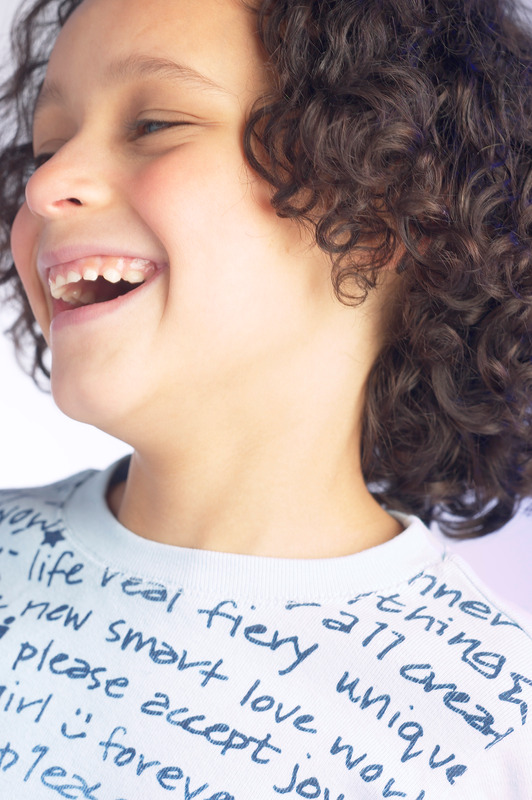
Click here for my article on ‘Why Do Children Find Poo So Hilarious?’
"A balanced literary diet is great but, so is page after page of laughter over witty writing and words which make young souls smile from the inside out."
Megan Daley (Children's Books Daily)
Understanding that Children and Adults Laugh at Things That Are Incongruent
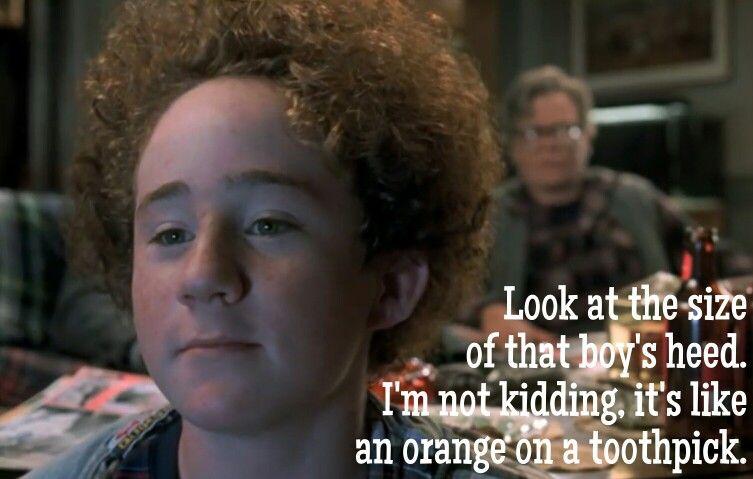
Incongruity Theory (a fancy term to explain how incompatible things can be funny) says that it is the perception of something incongruous, that can tickle our funny bone. If we have an expectation of how something should be (eg a fusspot, super tidy man with OCD-like tendencies, wants a roommate just like him) but our expectation is interrupted (instead a total slob, who hoards and is dirty moves in). In this ‘odd couple’ scenario, humour ensues.
Incongruity theory is now the dominant theory of humour in philosophy and psychology.
In fact I still chuckle at the incongruity used the Mike Myers film,‘So I Married an Axe Murderer’ (1993). Stuart Mackenzie (Mike Myers) says “Would ya look at the size of that kid’s head! It’s a virtual planetoid and it has its own weather system! Looks like an orange on a toothpick.”
Hilarious!
If something is incongruent, it can be inappropriate or at odds with reality. It’s when things don’t match as they are expected to. Like a wealthy and refined woman who gets a lift in a dirty old, beat up car.
This known theory is probably why the show ‘Keeping Up Appearances’ was such a hit!
Even as far back as antiquity, the famous Roman statesman and orator said “The most common kind of joke is that in which we expect one thing and another is said; here our own disappointed expectation makes us laugh” Cicero, in On the Orator (ch. 63).
This approach to joking is similar to techniques of stand-up comedians today. They speak of the set-up and the punch (line). The set-up is the first part of the joke: it creates the expectation. The punch (line) is the last part that violates that expectation. In the language of the Incongruity Theory, the joke’s ending is incongruous with the beginning.
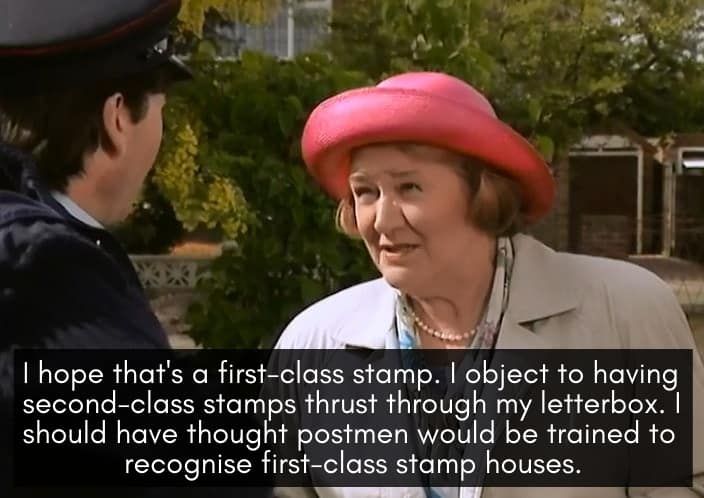
A 2003 Dissertation by Ohio State University (a dissertation is always a fun read right!) state that children were more likely to be “engaged in reading when the material was a humorous children’s book.” Children placed emphasis on ‘cliffhangers’ the mechanism that kept them in suspense, looking for the next funny event.
They even expressed “an awareness of the emotional appeal of humour and its function of helping them cope.”
What is the Role of Humour in Children's Stories?
Funny stories are more than just mere entertainment. When the writing is clever, a funny story can provide sophisticated elements of satire, irony, and parody that make children think and use their imagination.
Sure it may seem like a simple, silly narrative but it may actually require the reader to think in a more complex and advanced way. What’s more the reader may have to taken into consideration the acts and emotions of characters and draw parallels to their own experiences in the process
Funny stories have depth too. Humour encourages children to observe events beneath the surface because we know that often things are not as they seem.
It is always worthwhile for children to think critically. If they’re able to do this through humour, then they will learn valuable lessons on how language can be manipulative and create systems of like-minded people.
As time goes on, children with a developed sense of humour will be able to look at things from another perspective and have original and new ideas.
A child’s ability to see things differently, in the light of humour, is a sign of distinct emotional intelligence. I know as a parent, this is something I would like all my children to develop.
Sure there are times to be serious, but it’s also possible to over do it and end up with a rigid spirit and character.
A sense of humour is often associated with spontaneity and can really health with healthy mental health.
Those who can be spontaneous may find freedom to overcome fear that often prevents adults and children from openly and freely expressing their own attitudes and emotions.
For related content, please check out my article: